Measuring Intelligent Capture | Knowledge Base | Definition
How to Measure Intelligent Capture & the Quality of the Results
Measuring an Intelligent Capture system can be either done in a proof of concept, in a head-to-head evaluation of solutions or to optimize an existing intelligent capture implementation. Measuring a system means measuring at the task level, which is any type of action that a user takes to process a document. If we are talking about automating manual processes, looking at documents and then assigning them into specific groups is a task. Another example of a task is when staff enters data from incoming documents (scanned or born-digital). For example, the task is to look at a promissory note and identify the date of that promissory note. Each of these tasks need to be measured individually.
Oftentimes organizations look at page-level success criteria instead of field-level criteria to determine the success of their intelligent capture software. Let’s say it’s an invoice and you’ve got 10 fields on that invoice. If you’re looking at success criteria, whether or not that invoice can be successfully automated a hundred percent, you’re going to find that very few invoices process perfectly, but you want to automate the tasks that can be automated successfully. Say 9 of the 10 fields may be automatically extracted with a high degree of accuracy, and those you’ll want to run straight through without manual verification.
It is really important when you’re looking at automating tasks and identifying the efficiencies of the system to understand how many of those tasks can be automated. The accuracy of that task automation is critical. An example would be for our check recognition products where we’re largely automating a few fields like the amount. That means 98%-99% of of the tasks at the data level are extracted where 99% of the extracted data is accurate. SI
If an intelligent capture vendor claims, “I can get you 99% accuracy on your data,” what does that really mean? A lot of people think, “that’s 99% of my data so it’s 99% accurate, but that’s wrong. If an intelligent capture system gives you 10% of your data at 99% accuracy levels, it’s not enough. There’s not much automation, but yet the statement of 99% accurate data is absolutely correct. The majority of those document-related tasks need to be automated, and the resulting data output must be accurate. The key thing here to consider is just because somebody says 99% accuracy, that doesn’t tell you much. It’s critical to know how much of that data can be processed using the intelligent capture software.
So the upshot is to look at the tasks that are getting automated and how accurate each of those task results are. Automating tasks is only useful if you also gain straight through processing. Manually verifying a hundred percent of that data because the system is using the wrong measuring metrics is costly, time-consuming and unnecessary. By approaching individual document tasks and assessing their accuracy, enterprises gain true straight through processing and efficiency.
